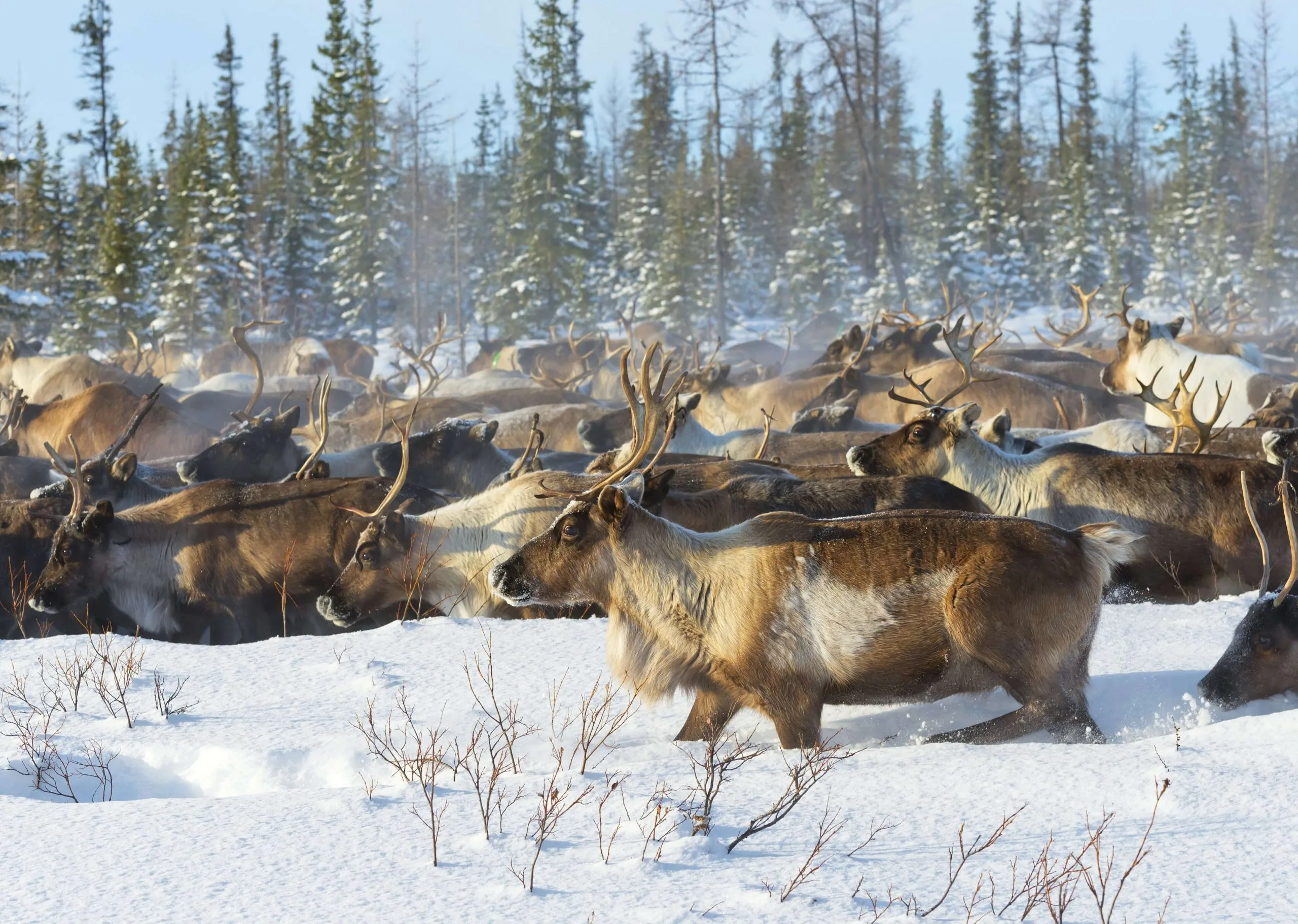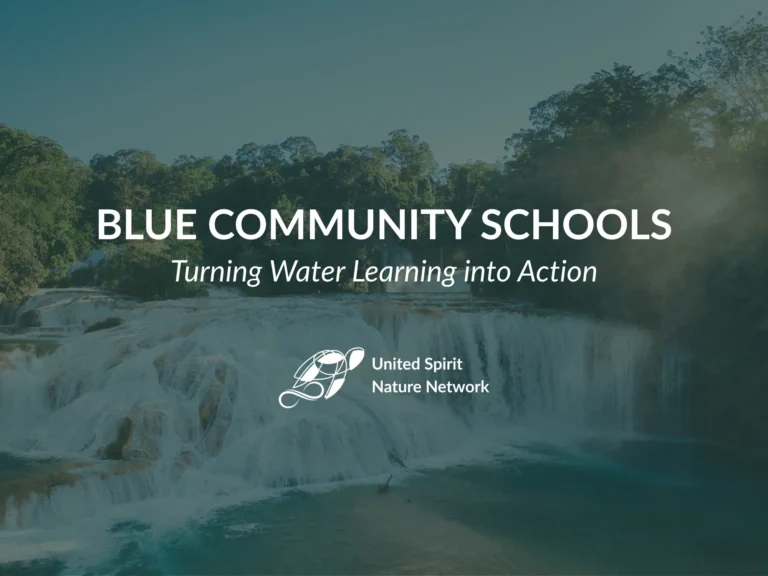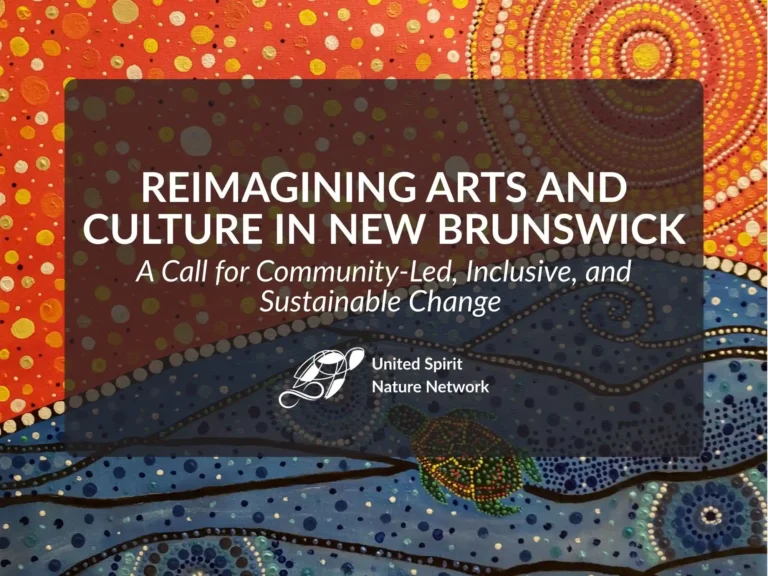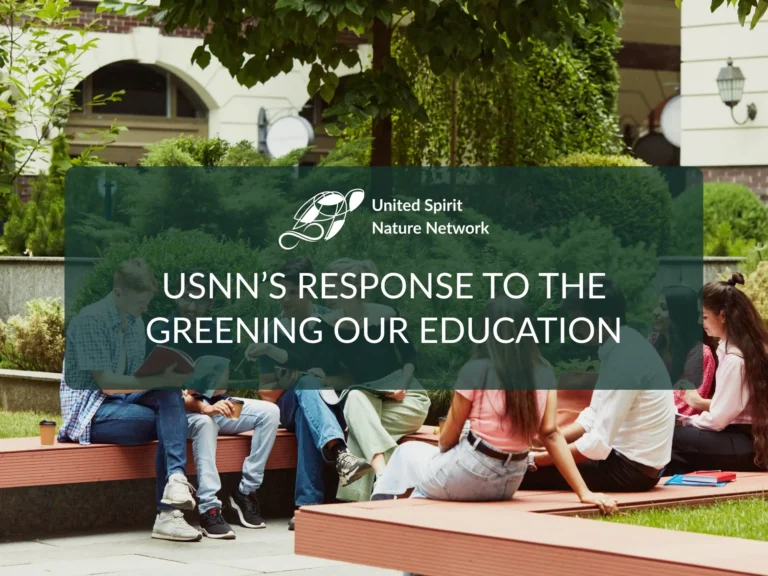Have you heard about “Finding the Caribou!”, an immersive learning experience created by Earth Rangers? It’s a curriculum-aligned activity for Grade 5 and 6 students that invites them to step into the world of wildlife tracking, climate science, Indigenous knowledge, and conservation action.
In this program, students use ArcGIS mapping software to follow real caribou movements across the Yukon. They’re encouraged to practice Two-Eyed Seeing — a method of viewing the world through both Indigenous and Western lenses — which deepens their understanding of how complex ecosystems respond to climate stressors.
The activity also includes a hands-on conservation project, giving students an opportunity to translate learning into action.
What’s especially compelling about “Finding the Caribou!” is how well it aligns with what we do in Nature Through Our Senses (NTOS). In NTOS, we emphasize deep engagement with natural environments using all our senses — seeing, hearing, touching, and more — to foster empathy, awareness, and connection. The Earth Rangers activity complements that by layering in data, tracking, and cultural perspectives. Together, they can create a richer, more integrated learning experience.
If you’re an educator or a school looking to give your class an impactful environmental experience, I encourage you to check out “Finding the Caribou!”. And while you’re there, don’t forget to explore NTOS with us through USNN’s Nature Through Our Senses project: usnn.ca/projects/nature-through-our-senses.
Together, these programs remind us that wildlife stories are more than just data and numbers. They are narratives of change, culture, and our own evolving relationship with the natural world.
👉 Learn more about the Earth Rangers program here: Finding the Caribou!
👉 Learn more about our project here: Nature Through Our Senses






